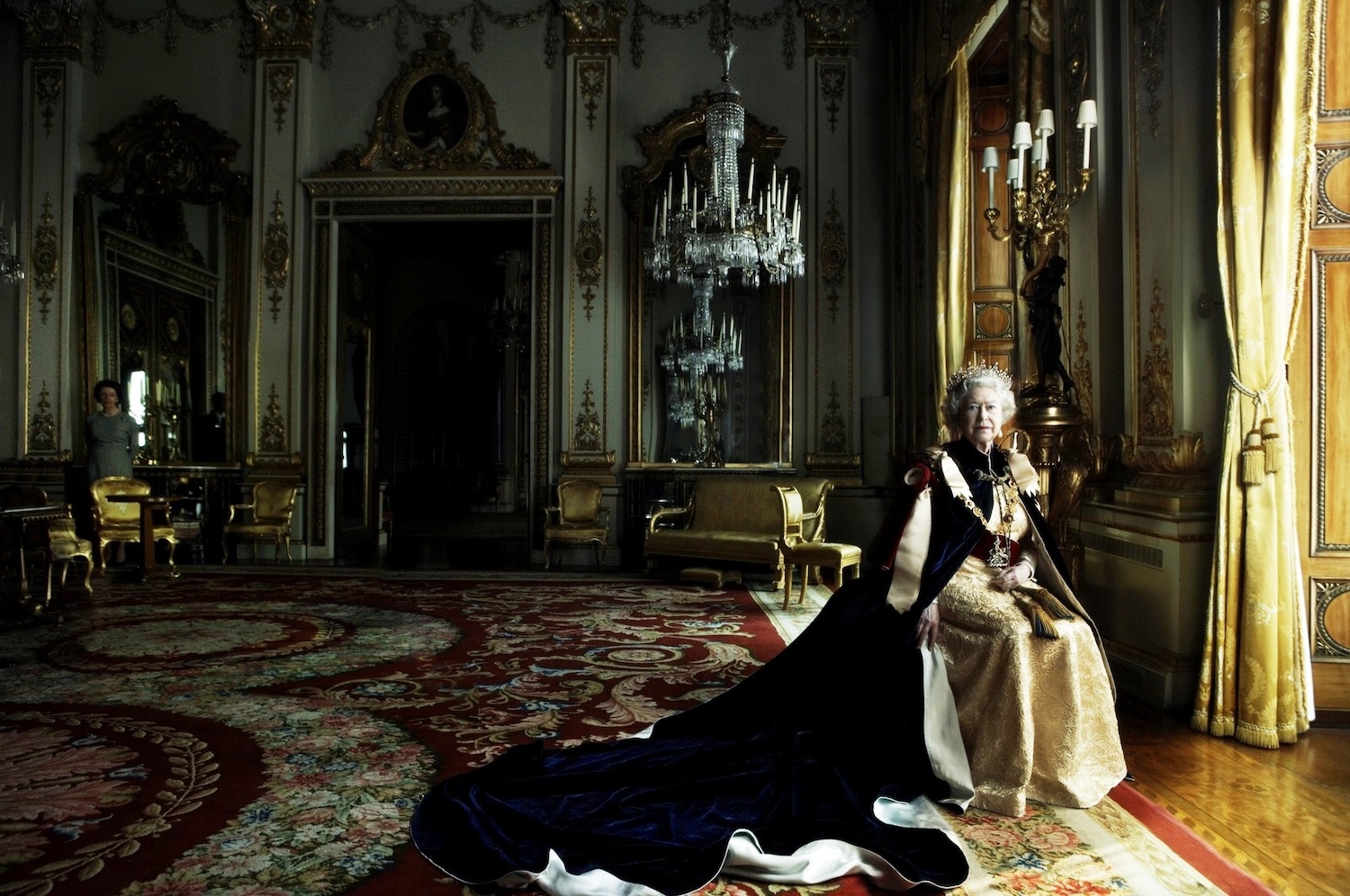When 25-year-old Princess Elizabeth was crowned Queen of the United Kingdom in 1952 her commonwealth realms be-speckled the planet. She wore the crown in countries like Australia, Canada, and Africa too. In fact, she’d rule England and a consortium of 54 nations around the world for the next 70 years.
Over 27 million people watched the Coronation of Queen Elizabeth on June 2, 1953 because, well, the princess insisted. Eschewing advice from Prime Minister and Parliament, the heretofore sacred religious ceremony was televised to the largest audience ever assembled in history. After 70 years on the throne, 2022's Platinum Jubilee in London rightly commemorates her reign over the Information Age.
Sharing information between computer systems is the hallmark of the Information Age and began with the development of the transistor in 1947, and the optical amplifier in 1952, which combined are the basis of computing and fiber optic communications. That these homeric inventions coincide with Princess Elizabeth’s marriage and coronation are both a coincidence and the collateral of her reign.
She was the first among us to ever send an e-mail. At Royal Signals and Radar Establishment — a telecommunications research center in the UK — Queen Elizabeth became the first woman in the world to create a profile and send an email. Her username? QEII: Queen Elizabeth II.
She joined Facebook in 2010, sent her first tweet soaring through the ether in 2014, and posted to Instagram in 2019. Conspicuously late to the party, social media enabled Buckingham Palace to announce engagements, promote charities and national interests. While we don’t expect to see the Queen in a TikTok dance challenge, there are rare moments in which she takes #theroyalfamily into her own hands.
Public Relations is the practice of managing the public's perception of an individual or organization. It involves promotion, of course, but at its core it’s about crisis management.
Following the tragic death of Princess Diana in 1997, the Queen was the subject of caustic newspaper headlines, some of which called for the abolition of the monarchy. Prime Minister Tony Blair remembers;
There's a deep respect and affection for the Queen, but Diana was an extraordinary iconic figure and her death sparked a fierce reaction; part grief and part anger at her being taken away.
With a live broadcast from Buckingham Palace, the Queen delivered three-minutes of condolence to Princess Diana; effectively quelling a week of pandemonium, nearly a million people loitering around the gates of Buckingham Palace, and the very challenge being put to the British monarchy.
While two thousand people attended the Princess of Wales’ funeral at Westminster Abbey, over 2.5 billion watched the Queen’s televised broadcast — live. Due to the advances in satellite broadcasting six months earlier, the Queen’s three minutes were bounced via satellite to the Dish Network’s now 200 channels throughout the world. Once again, the largest collective audience of all time: "I for one believe there are lessons to be drawn from her life, and from the extraordinary and moving reaction to her death," she said, recalibrating the message. "I share your determination to cherish her memory."
"I for one believe there are lessons to be drawn from her life, and from the extraordinary and moving reaction to her death."
Her Majesty was the first to platforms like television, internet and satellite, and the first to understand that technology was informing humanity. The digital revolution, in particular, would deepen that crisis within representative democracy. “Traditional democracy within nations is no longer enough,” Prime Minister Harold Wilson told the Queen. “People want more participation and collaboration with their governments.”
By her Golden Jubilee, QEII had an approval rating of 94% amongst the British population, proving she could marshal public relations campaigns and crises across her commonwealth. William the Conqueror ruled by the Divine Right of Kings, but over 1000 years on Queen Elizabeth was reigning with soft power.
For centuries, the English monarchy held absolute authority, but its history is rife with challenges and concessions to the crown.
King John’s signature on the Magna Carta in 1215 acknowledged that the monarch’s powers had limits, and established that the crown could not levy taxes without the consent of religious officials and feudal lords. That council evolved into Parliament.
In the Glorious Revolution of 1688, parliament invited William and Mary to invade England and depose King James II, who wanted absolute authority. The joint sovereign’s assented to the Bill of Rights, which legally required Parliament to be held regularly, granted full freedom of speech in Parliament and ushered in various civil liberties. While there is no British Constitution, like that of the United States, foundational documents like Magna Carta and the Bill of Rights comprise the foundation of their government. And Princess Elizabeth, following the succession of her father, was being tutored at Eton on the fundamentals.
Today this Constitutional Monarchy is led by a Prime Minister, whilst their kings and queens serve as a symbol of the nation. Elizabeth is the longest-serving female Head of State and the longest reigning monarch in British history, but as this year's Platinum Jubilee unfolds a silent question lingers. What will be her legacy?
In "The English Constitution," published in 1867, Walter Bagehot asserts that the secret of the unwritten English constitution lay in having two kinds of institutions at once: The Dignified / The Efficient. The former “excite and preserve the reverence of the population” Bagehot wrote, "while the latter are those by which it works and rules.”
The Economist of London, writing about Queen Elizabeth's Golden Jubilee, made a critical observation to Bagehot's analysis nearly 100 years later;
The Crown tempers the Technological Age with a singular message; a constant reassurance; a golden cloak: Dieu et mon droit, God and my right.
At 70 years, her clock was now platinum. Known as a highly un-reactive precious white-silver metal, 2022's Platinum Jubilee reminds us that efficiency and dignity combined was the working collaboration of her reign, and the profound legacy of the Second Elizabethan Age.
On Wednesday, September 15, 2022 Her Majesty Queen Elizabeth's coffin will emerge from Buckingham Palace on the back of a horse-drawn gun carriage. It will be borne to Westminster Hall where Britain's longest reigning sovereign will lie in state for the next five days. A service at Westminster Abbey, interment at Windsor to follow, accompanied by a royal and national anthem with now subtly different politics; "God Save the King."
Archives










